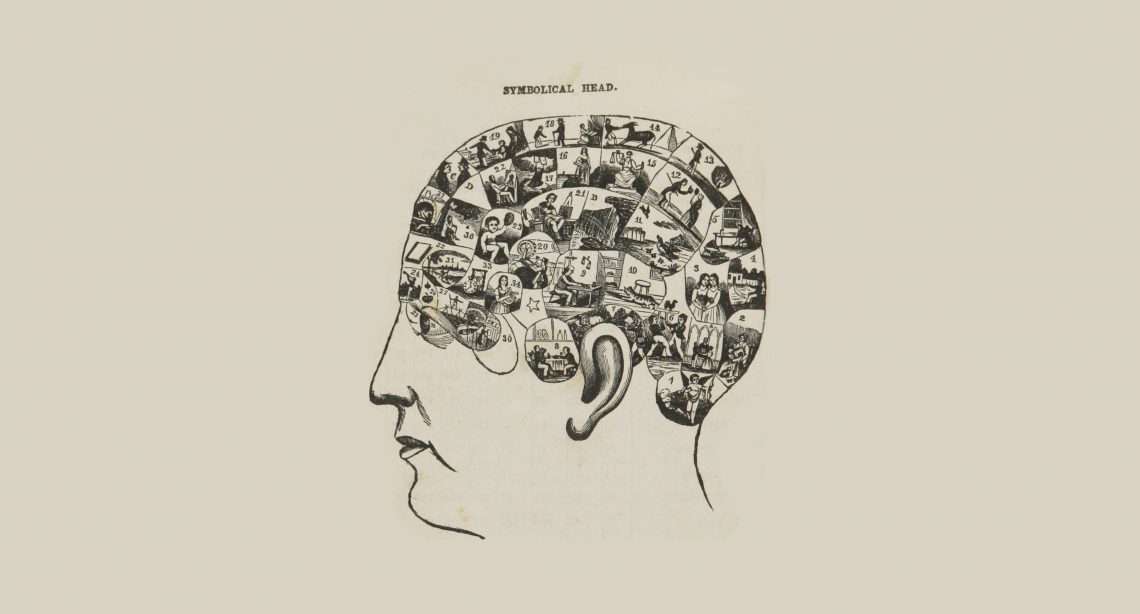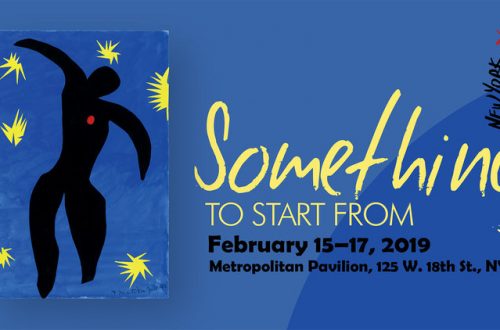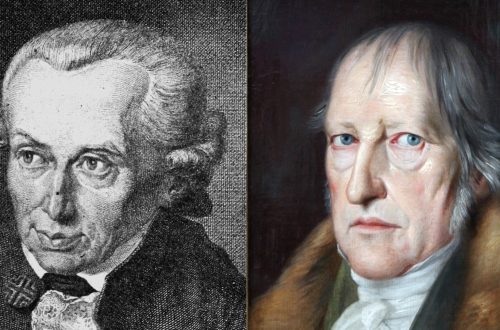To think is to forget differences, generalize, make abstractions. In the teeming world of Funes, there were only details.
in Jorge Luis Borges’s “Funes the Memorious”
We do not remember days, we remember moments. The richness of life lies in memories we have forgotten.
Cesare Pavese, This Business of Living
I have to believe in a world outside my own mind. I have to believe that my actions still have meaning, even if I can’t remember them. I have to believe that when my eyes are closed, the world’s still here.
Leonard Shelby, Memento
Christopher Nolan’s Memento (2000) is one of the great films about memory. In it, Leonard Shelby, the main character, is left with a case of anterograde amnesia after suffering a catastrophic blow to the head during a brutal home invasion that also took the life of his wife. One of the attackers was left dead, but Leonard believes that a second unknown assailant had escaped. When the police choose not to pursue that lead, he decides to take justice into his own hands. Following the injury, however, Leonard is unable to create fresh memories. Any new experience recedes from his consciousness in a matter of minutes. So in order to track down and pursue his wife’s killer, he has to create an elaborate system of notes, tattoos, and Polaroid photographs that serves as a substitute memory.
The entire story is told in reverse chronological order. Though the conclusion of the film is revealed in the opening scene, it unfolds in significance only through the gradual revelation of the backstory. Without providing any spoilers, it is safe to say that the film provides a cautionary tale about the transience of memory and the role of the will in how we tell our own stories.
Most attention in our culture is given to the importance of remembering. But it turns out that forgetting can be just as important. The inability to forget can be as destructive as the inability to remember.
Consider the case of “Patient S.”
Patient S. was a Russian with an apparently limitless memory. In the mid-20th century he participated in a series of behavioral studies, mostly with one of the early founders of neuropsychological assessment, Alexander Luria. (Luria published an account of Patient S., whose real name was Solomon Shereshevsky, in The Mind of a Mnemonist: A Little Book about a Vast Memory) Patient S.’s memory was truly amazing. He could recall complete conversations, tables of numbers, foreign poems or even strings of nonsense words he had memorized years before. Though scientists are not even close to certain about how memory works, Patient S.’s ability to recall information almost certainly had something to do with an extraordinarily intense form of synaesthesia. Letters, numbers, words … almost everything was freighted with additional sensory associations for Patient S.
Reed Johnson writes in an essay on Patient S. for The New Yorker:
When Luria rang a small bell, for instance, the sound would evoke in his subject’s mind “a small round object . . . something rough like а rope . . . the taste of salt water . . . and something white.” Shereshevsky thought of numbers in the same colors and fonts that he first saw them in as a child; in his unpublished notebook, he writes that “all the numbers had names, first and last, and nicknames, which changed depending on my age and mood.” The number one “is a slender man with ramrod posture and a long face; ‘two’ is a plump lady with a complicated hairdo atop her head, clad in a velvet or silk dress with a train that trails behind her.” Luria speculates that Shereshevsky used his web of multimodal associations to cross-check his memory.
It is almost impossible to imagine living with such a profound interplay of the senses. The word for “roach,” Johnson writes, “could also mean, in his mind, a dent in a metal chamber pot, a crust of black bread, and the light cast by a lamp that fails to push back all the darkness in a room.”
Solomon Shereshevsky’s feats of memory were so amazing that for a time he made money off of them as a performer. However, he suffered considerably from this inability to forget. He had trouble recognizing faces. It was difficult for him to deal with abstractions, even those necessary for ordinary life. And he had a tendency to retreat into fantasy worlds of synaesthetic imagination. At some point, this became so overwhelming that he literally tried to destroy his memories by writing them on pieces of paper and burning them — to no avail. Sadly, Solomon died in 1958 from complications of alcoholism, to which he had finally turned in order to forget.
While psychologists have long understood that remembering and forgetting are complementary, neuroscience is now beginning to explore that relationship more precisely. In 2017 a landmark article by Blake Richards and Paul Frankland appeared in the journal Neuron. The authors suggest that we ought not to think of memory as something that exists for its own sake, but as something that promotes “intelligent decision making.” In this context, forgetting enhances intelligent decision making in two ways. It reduces the influence of less relevant information, making us more flexible in our thinking; and it allows us to think more generally or abstractly, thereby preventing us from linking current situations too closely to past events that may not be relevant.
Memory, then, is the mysterious process whereby we are able to access information from the past; but forgetting is the process whereby we sort its relevance. Both remembering and forgetting are essential to navigating the world of people and things that we inhabit.
Interested in learning more? Click through any of the links above for more information on memory and forgetting. Or, You might also enjoy Jorge Luis Borges’s short story “Funes the Memorious.” It’s main character bears a strong resemblance to the historical Solomon Shereshevsky, and it is a quick read at around a 20-minutes). There are several recordings online, including this ethereal reading with accompanying illustrations.
Header Image: from “Memory and intellectual improvement applied to self-education and juvenile instruction,” Fowler, O. S., 1950, U.S. National Library of Medicine. (This image is in the public domain.)






One Comment
Kevin Peters
I always come back to this short story; it’s so good. On the topic of memory, I think a book I read this year dovetails nicely with the idea of the importance of forgetting: “The Buried Giant” by Kazuo Ishiguro.